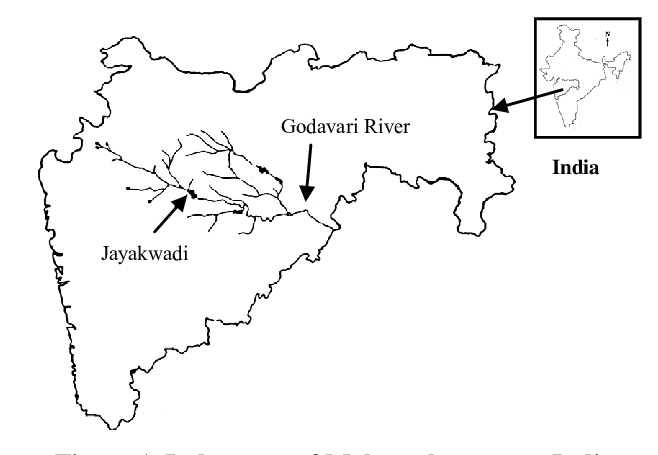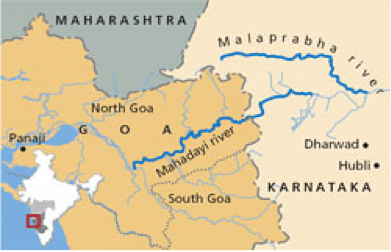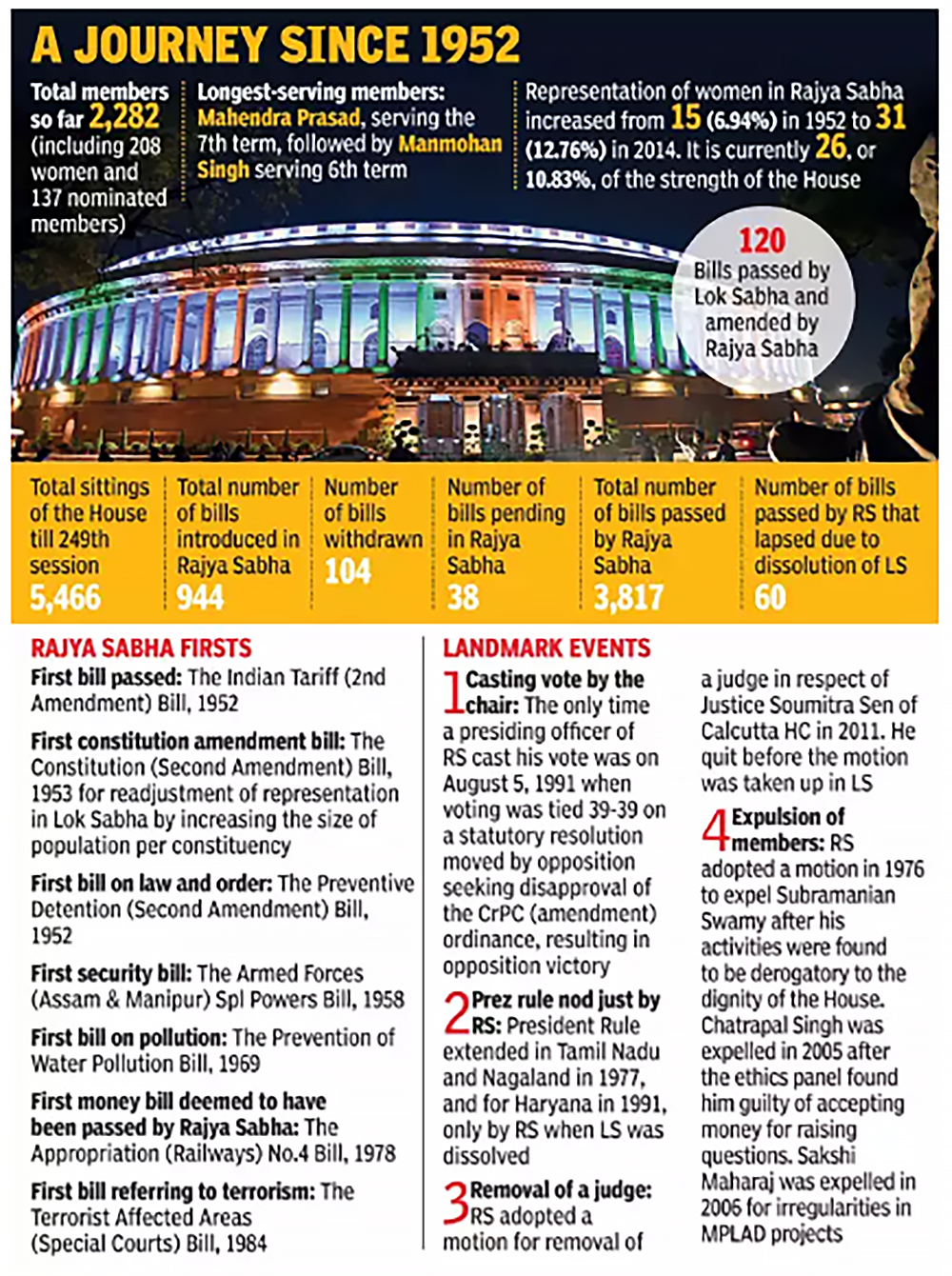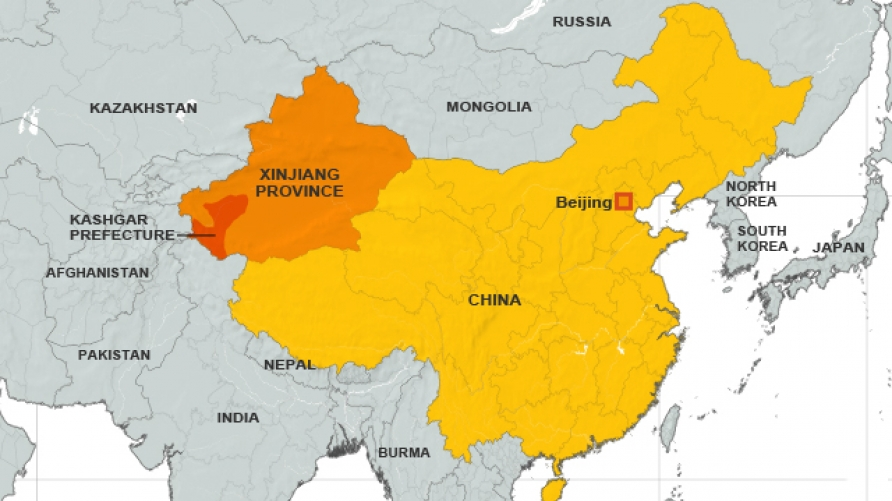Indian Polity
250th Session of Rajya Sabha
Why in News
The Rajya Sabha secretariat has released the first-ever analysis of its legislative work, “Rajya Sabha: The Journey since 1952” on the occasion of the 250th session of Rajya Sabha.
Key Points
- The Rajya Sabha has passed 3,817 Bills till the end of its 249th session (Monsoon Session, 2019).
- The recent monsoon session of Rajya Sabha(2019) has been reported as the most productive session (103%).
- Productivity signifies the number of hours the House actually functioned compared to the number of hours officially earmarked for it to work.
- The representation of women in Rajya Sabha increased from 15 (6.94%) in 1952 to 31 (12.76%) in 2014 but decreased to 26 (10.83%) in 2019.
Some Unique Events Related to Rajya Sabha
- Casting vote by Chairman: The first and the only time when a Presiding Officer of Rajya Sabha cast his vote was for the Code of Criminal Procedure (Amendment) Ordinance, 1991.
- The Chairman cannot vote in the first instance; he can only exercise a casting vote in the case of a tie.
- President Rule approved only by Rajya Sabha: It has happened only twice for extension of President Rule in Tamil Nadu (1977) and in Haryana (1991 ) when Lok Sabha was dissolved.
- Bills passed at the joint sittings of both the Houses of Parliament:
- The joint sitting has passed only three bills, namely
- The Dowry Prohibition Bill, 1959 passed at a joint sitting in 1961.
- The Banking Service Commission (Repeal) Bill,1978 passed at a joint sitting in 2018.
- The Prevention of Terrorism Bill, 2002 passed at a joint sitting in 2002.
- Joint sitting is extraordinary machinery provided by the Constitution to resolve a deadlock between the two Houses over the passage of a bill.
- The joint sitting has passed only three bills, namely
Rajya Sabha
- The maximum strength of the Rajya Sabha is fixed at 250, out of which, 238 are to be the representatives of the states and union territories (elected indirectly) and 12 are nominated by the president.
- The representatives of states are elected by the elected members of state legislative assemblies.
- The representatives of each union territory are indirectly elected by members of an electoral college specially constituted for the purpose
- The seats are allotted to the states in the Rajya Sabha on the basis of the population.
- The Rajya Sabha (first constituted in 1952) is a permanent body and not subject to dissolution.
- However, one-third of its members retire every second year.
- The retiring members are eligible for re-election and renomination any number of times.
- The Constitution has not fixed the term of office of members of the Rajya Sabha and left it to the Parliament.
- Accordingly, the Parliament in the Representation of the People Act (1951) provided that the term of office of a member of the Rajya Sabha shall be six years.
- Special Powers of Rajya Sabha include:
- It can authorize the Parliament to make a law on a subject enumerated in the State List (Article 249).
- It can authorize the Parliament to create new All-India Services common to both the Centre and states (Article 312).
Governance
SAANS Campaign
Why in News
The Ministry of Health and Family Welfare has launched a campaign in Gujarat named Social Awareness and Action to Neutralise Pneumonia Successfully (SAANS).
- The aim is to reduce child mortality due to pneumonia, which contributes to around 15% of deaths of children under the age of five annually.
Key Features
- To mobilise people to protect children from pneumonia, and train health personnel and other stakeholders to provide prioritised treatment to control the disease.
- A child suffering from pneumonia will be treated with a pre-referral dose of antibiotic amoxicillin by Accredited Social Health Activist (ASHA) workers.
- Pulse Oximeter (device to monitor oxygen saturation) will be used at the Health and Wellness Centre for identification of low oxygen levels in the blood of child and if required, the child can be treated by the use of oxygen cylinders.
- A mass awareness campaign will be launched about the effective solutions for pneumonia prevention like breastfeeding, age-appropriate complementary feeding and immunization etc.
Pneumonia
- Pneumonia is an infection that inflames the air sacs (alveoli) in one or both lungs. The air sacs may fill up with fluid or pus, causing symptoms such as a cough, fever, chills and trouble breathing.
- Agents: Many germs can cause pneumonia. The most common are bacteria and viruses in the air that humans breathe.
- It is preventable through vaccination.
- Vulnerable Population: Infants and young children, people older than age 65, and people with weak immune systems.
- The prevalence rate among Infants in India: Under-five mortality rate in the country is 37 per 1000 live births, of which 5.3 deaths are caused due to pneumonia.
- Step Taken by India:
- The government aims to achieve a target of reducing pneumonia deaths among children to less than three per 1,000 live births by 2025.
- In 2014, India launched ‘Integrated Action Plan for Prevention and Control of Pneumonia and Diarrhoea (IAPPD)’ to undertake collaborative efforts towards prevention of diarrhoea and Pneumonia related under-five deaths.
Governance
Water Quality Report
Why in News
Recently, Ministry of Consumer Affairs, Food & Public Distribution has released Water Quality Report for State capitals & Delhi as analysed by the Bureau of India Standards (BIS).
- The study focused on the quality of piped drinking water and also ranked the States, smart cities and districts accordingly.
- This study was in line with Jal Jeevan Mission which aims to provide tap water to all households by 2024.
Key Points
- Tests were conducted on various parameters:
- Organoleptic and Physical Tests
- Chemical test
- Toxic substances
- Bacteriological tests
- Total Dissolve Solids (TDS)
- Turbidity
- Total hardness
- Total alkalinity
- Minerals and metals
- Presence of Coliform and E Coli
- A vast majority of the samples have failed to comply with the requirements in one or more parameters.
- Tap water in Mumbai is the safest for drinking while Delhi’s water is one of the worst.
Challenges
- Lack of initiatives in tap water systems due to the expanding packaged drinking water.
- High dependence on groundwater in fast-growing urban clusters where piped water systems do not exist.
- Lack of accountability of the official agencies.
- Absence of robust data in the public domain on quality testing.
Way Forward
- It should be legally binding on agencies to achieve standards and empowering consumers.
- State governments should take an integrated view of housing, water supply, sanitation and waste management.
- A scientific approach for water management should be adopted.
- A separate agency in each state should be entrusted for regular testing rather than relying on the same agency.
- Data on water should be made public on the same lines as air quality which would put pressure on governments to act.
Important Facts For Prelims
National Agrochemicals Congress
The first-ever National Agrochemicals Congress was held at the Indian Agricultural Research Institute (IARI), New Delhi from 13th - 16th November 2019. It will be conducted every three years.
- The theme of the Congress is ‘ Country's Status on Various Fronts of Agrochemicals’.
- Agrochemicals imply chemicals used in agriculture, such as a pesticide or fertilizer.
- The Congress was conducted in view of the role chemical pesticides still continue to play in pest management as more and more target-specific and environment-friendly products are being introduced.
- It was conducted by the Society of Pesticide Science India, headquartered at Division of Agricultural Chemicals,IARI , New Delhi.
- Recommendations:
- Labelling of pesticide indicating the mode of action,
- To rethink on restrictive banning of pesticides in view of risk-based considerations,
- Policy regarding data protection of imported technical pesticides and
- Policy for the introduction of safe nano-formulations and empowerment of farmers through training and extension.
Indian Agricultural Research Institute
- IARI is the leading institution for agricultural research, education and extension in the country.
- It comes under the Indian Council of Agricultural Research (ICAR), an autonomous organisation under the Ministry of Agriculture and Farmers Welfare.
- The Council is the apex body for coordinating, guiding and managing research and education in agriculture including horticulture, fisheries and animal sciences in the entire country.
Important Facts For Prelims
Plastic Parks in India
Why in News
Odisha has become the first state to start working on developing a ‘Plastic Park’, located in Jagatsinghpur district.
Key Points
- India’s domestic production meets only 50% of its demand for plastic, which is increasing with the growth of construction and infrastructure sector.
- Many construction companies are using plastic materials. The components used include everything from plastic screws and hinges to bigger plastic parts that are used in decoration, electric wiring, flooring, wall covering, waterproofing and so on.
- To reduce imports, the Ministry of Chemicals & Fertilizers (MoCF), had formulated a scheme for setting up of four Plastic Parks in Assam (Tinsukia), Madhya Pradesh (Raisen), Odisha (Jagatsinghpur) and Tamil Nadu (Thiruvallur).
- Two plastic parks in the States of Jharkhand (Deogarh) and Madhya Pradesh (Bilaua) have also been given ‘final approval’ in 2018-19.
Important Facts For Prelims
Persecution of Uighurs
Why in News
- According to leaked Chinese government documents, there was a clampdown on Uighurs and other Muslims in the country’s western Xinjiang region.
- According to the United Nations experts and activists, at least 1 million Uighurs and members of other largely Muslim minority groups have been detained in camps in Xinjiang in a crackdown.
- The documents reveal that the Chinese leadership’s fears were heightened by terrorist attacks in other countries and the U.S. drawdown of troops from Afghanistan.
- Uighur is a predominantly Turkic-speaking ethnic group.
- They are primarily confined in China’s northwestern region of Xinjiang and is one of the largest Muslim group in that region.
Important Facts For Prelims
Willingdon Island
- Willingdon Island is a seaport located in the city of Kochi, Kerala.
- It is the largest man-made/artificial island of India and is surrounded by backwaters (a part of a river in which there is little or no current).
- It was carved out of Vembanad Lake and is connected via road and rail. The island is connected to the mainland by the Venduruthy Bridge.
- It is a major commercial centre and is home to the Kochi Naval Base of the Indian Navy, the Central Institute of Fisheries Technology and the Port of Kochi.
- It was named after the Viceroy Lord Willingdon and was created artificially in 1936 during his rule to improve the trade relations of British India with the rest of the world.
Lord Willingdon
- He served as 22nd Viceroy and Governor-General of India from 1931 to 1936.
- Important events of this period include:
- Second (1931) and Third (1932) Round Table Conferences
- Relaunching of Civil Disobedience Movement
- Communal Award by Ramsay MacDonald (1932)
- Poona Pact (1932)
- Government of India Act 1935
- Separation of Burma from India.
Important Facts For Prelims
Jayakwadi Dam
Why in News
Recently, several instruments like seismometer, piezometer, slope meter stopped functioning properly at the Jayakwadi dam. The seismometer was installed at the Jayakwadi dam after the devastating earthquake in Latur district, Maharashtra in 1993.
- Jayakwadi Dam is located on the Godavari river in Aurangabad district, Maharashtra.

- The dam aims to address the dual problems of flooding along the banks during monsoon months, and that of drought during the rest of the year, particularly in the Marathwada region.
- The seismometer is an instrument used to measure and record seismic waves. Seismic waves study helps geologists to map the interior of the Earth, and measure and locate earthquakes and other ground motions like volcanic eruptions, explosions, etc. precisely.
- A piezometer is an instrument used for measuring the pressure of a liquid or gas or things related to pressure (such as the compressibility of liquid). It measures the strain of a liquid or fuel. They are often placed in boreholes to monitor the pressure or depth of groundwater.
- A slope meter is used to measure the angles of slope, elevation or despair of an object.
Important Facts For Prelims
Mhadei River
Why in News
Goa and Karnataka have had long disputes over water sharing issues of the Mhadei river.
- Mahadayi or Mhadei, the west-flowing river, originates in Bhimgad Wildlife Sanctuary (Western Ghats), Belagavi district of Karnataka.
- It is essentially a rain-fed river also called Mandovi in Goa.
- It is joined by a number of streams to form the Mandovi which is one of two major rivers (the other one is Zuari river) that flows through Goa.
- The river travels 35 km in Karnataka; 82 km in Goa before joining the Arabian Sea.
Kalasa-Banduri Nala Project
- It is undertaken by the Government of Karnataka to improve drinking water supply to the three districts of Belagavi, Dharwad, and Gadag.
- It involves building across Kalasa and Banduri, two tributaries of the Mahadayi river to divert water to the Malaprabha river.
- Malaprabha river supplies the drinking water to Dharwad, Belgaum, and Gadag districts.
- Kalasa-Banduri project was planned in 1989; Goa raised an objection to it.
- The Mahadayi Water Disputes Tribunal was set up in 2010. Goa, Karnataka and Maharashtra are parties to the tribunal.
Important Facts For Prelims
Pavoor-Uliya Island
Pavoor-Uliya is an island in the middle of the river Nethravati, about 10 km off Mangaluru, Karnataka.
- The Nethravati River has its origin in Chikkamagaluru district of Karnataka.
- It merges with the Kumaradhara River at Uppinangadi before flowing to the Arabian Sea.
- This river is the main source of water to Bantwal and Mangalore.






